I have learned that brushless motors can be used in water
This is only really true for motors that are designed to be submersible. A regular motor may run for a while if the case is well sealed, but water will still get in through the shaft bearings. This will eventually corrode any exposed metal parts, including the magnets and bearings. If the inside fills up with water then rotor drag will be increased, making the motor less efficient.
If you use a non-submersible motor then ideally it should be put in a waterproof housing with seals on the drive shaft or a magnetic coupler. However you could run the motor without a housing if the water is relatively pure (no seawater!) and you don't care too much about efficiency and longevity.
Basically I want the motor to be as small as possible, as I want
the carriage on the track to be around 6x6 cm in total.
Be reasonable! What you really want is a motor small enough to fit in your carriage with enough room left for the other stuff you need, but large enough to have sufficient power. And I bet you don't want to spend a million dollars to get it as small as possible.
The train will not have to go fast, say.. 1cm-2cm per second?
If I take 2cm per second with a gear of 2cm in diameter we would need
2/(2/2 (=radius) * 2 * pi) = .31 rotations per second, is 20 rotations
per minute?
That's very slow. Motors generally like to run at thousands of rpm, so you will need a high-ratio gearbox to slow the output down. This will increase torque by the same ratio, so a reasonable size motor should have plenty of torque to pull your 'train' along.
High ratio gearboxes often use a planetary arrangement that puts the output shaft in line with the motor shaft. If you need to convert this to right angle drive then you could add bevel gears or a worm drive, which can/will slow the output down even more.
Small brushless motors with integrated gearboxes are readily available, but 'professional' units are very expensive. As an alternative you could look at surplus motors sold on eBay, eg. this one which outputs 38 rpm on 5 V (the motor itself runs at over 10000 rpm, while the gearbox has a ratio of ~220:1).

Now the only question is, how can we calculate the torque this motor can produce and what current is required to do it? That's a bit tricky in this case because we don't have the required specs (rated current draw or power). However we can easily estimate the motor's torque 'constant' (Kt) because it is simply the inverse of the velocity constant (Kv). We have a Kv (including gearbox) of 38 rpm / 5 V = 7.6 rpm/V or ~0.8 rad.s-1/V. Inverting that we get 1 / 0.8 = 1.25 nm/A.
This motor draws ~0.14 A with no load, so assuming it has reasonable full load efficiency the full load current should be several times higher. So for example at 0.3 A there should be 0.3 - 0.14 = 0.16 A of torque current, producing 1.25 * 0.16 = 0.2 nm of shaft torque. A 2 cm diameter gear would deliver 0.2 / (0.02 / 2) = 20 newtons or ~2 kg of linear force to the track.



